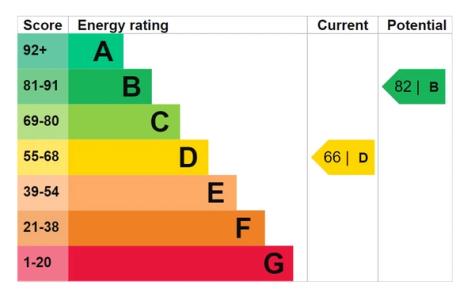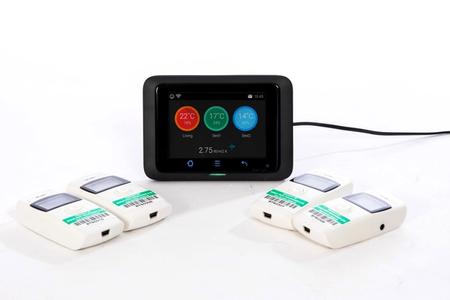Article
Why EPCs need to accommodate measured input
Regulatory reliance on energy performance certification fails to acknowledge that the process itself depends on a range of assumptions that skew our understanding of building performance.

We were delighted recently to see an article written by our Managing Director, Luke Smith, feature in the RICS Built Environment Journal.
In the RICS Journal Luke considers the current role of Energy Performance Certificates (EPCs) and how these could be improved quite simply through the integration of a wider range of measured parameters.
No two properties are ever alike and subtleties such as the age of windows, the quality of the loft insulation installation, and the type and age of cavity wall insulation all add up to make a considerable difference to the overall performance of a home.
We're not advocating that EPCs are thrown out and replaced with something entirely new at huge cost and upset. Instead, certification could continue as it is – but at not much extra cost, the accuracy, precision and usefulness of EPCs could be drastically improved by the use of measurement technology. That is to say, rather than predict or estimate certain parameters of building performance, assessors and surveyors should actually measure performance-critical aspects of the building and input the data directly into the calculation. Products such as our very own SmartHTC solution for measuring total building heat loss (HTC), Pulse for measuring air leakage rate and Heat3D for determining the U-values of walls, floors and roofs, all provide outputs that can very readily feed into the SAP EPC calculation methodology.
With measurements carried out, certification in turn becomes much more accurate and instructive in terms of helping appraise retrofit options. Indeed in some cases, measurements can highlight that a building is better than first thought, with little to no upgrade actually being needed. While no doubt adding cost to the process, this means EPCs would offer much better whole-life value.




